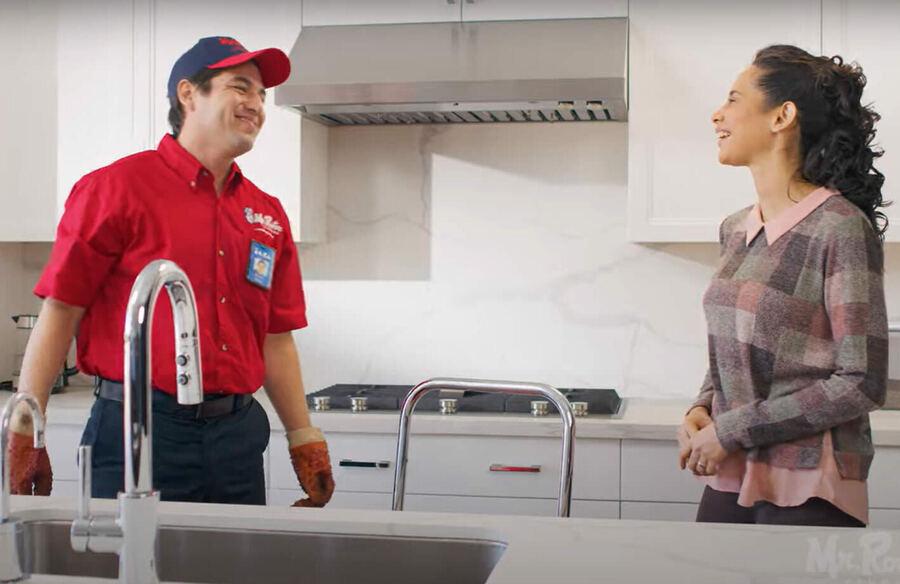Schedule a Plumber This Thursday to Get 50$ OFF
Schedule a Plumber This Thursday to Get 50$ OFF

There is nothing more annoying than turning on your sink with the expectation of a steady stream of water and only seeing a weak flow instead. Whether you’re trying to wash your hands, the dishes, or even fill a pot for cooking, water pressure is essential to handle such tasks with efficiency. There are many reasons for low water pressure at the sink. In this article, we cover the three most common reasons for low water pressure, from the simplest to the most complex of them. If you want to learn more, call Mr. Rooter Plumbing today.
Homeowners tend to look at low water pressure as a major problem that is caused by the main water lines. However, this may not be the case at all. If you are noticing low water pressure at the sink, you first have to check the fixtures from which the water leaves. So, start by checking the faucet aerator. If the water in your area contains a lot of minerals, it can result in debris and mineral buildup that clog the faucet aerator. Try to remove it, clean it, or even replace it, and check if the low pressure persists.
Check the pressure again, but this time change the temperature of the water. Does this issue affect hot water only, or does it also affect cold water? If the pressure of the water only drops when you turn on the hot water, this might be a problem with the water heater or mixing valve. If the pressure drops in the cold supply line, it might be due to minor blockages that collect in the valve. If it is from both, the issue may stem from the main water line or pressure regulator. Call an experienced plumber in Killeen, TX today to learn more.
After you rule out these two factors above, it is time to look under the sink. You first have to check the shut-off valves. Every sink has two shut-off valves located beneath it. Occasionally when items are placed under a sink or when it is being cleaned, these valves can be bumped and be partially closed, restricting most, if not all, water flow. Turn each valve counterclockwise all the way and ensure they are fully open. These valves can be clogged with mineral deposits over time, so if turning them is stiff, you may need to replace the valves. In addition, you must inspect beneath the sink for any leaks or dampness. Some leaks even happen because of sinks. In such cases, you may need to get a sink replacement completely. Check for any signs of moisture or water that is leaking. Even a small water leak can affect how well the water pressure transfers. Leaks that go unnoticed can also damage your cabinet and flooring in the long term.
Are you looking for some help to get your low water pressure repaired? At Mr. Rooter Plumbing, we stand behind our workmanship with a done-right promise. If your plumbing service was not done right, we promise to make it right. Call us today to learn more about us and our services.
There is something different about living in older neighborhoods. You can feel the sense of community, the memories, and the laughter as you walk through the streets. However, for many…
Water and gas leaks are costly and frustrating, especially when they are hidden. Most leaks are noticed by homeowners through warning signs, such as rising water bills and reduced water…
A garbage disposal is one of the most convenient tools in the entire modern home. Unfortunately, most homeowners misuse the disposal as a way to get rid of organic waste.…